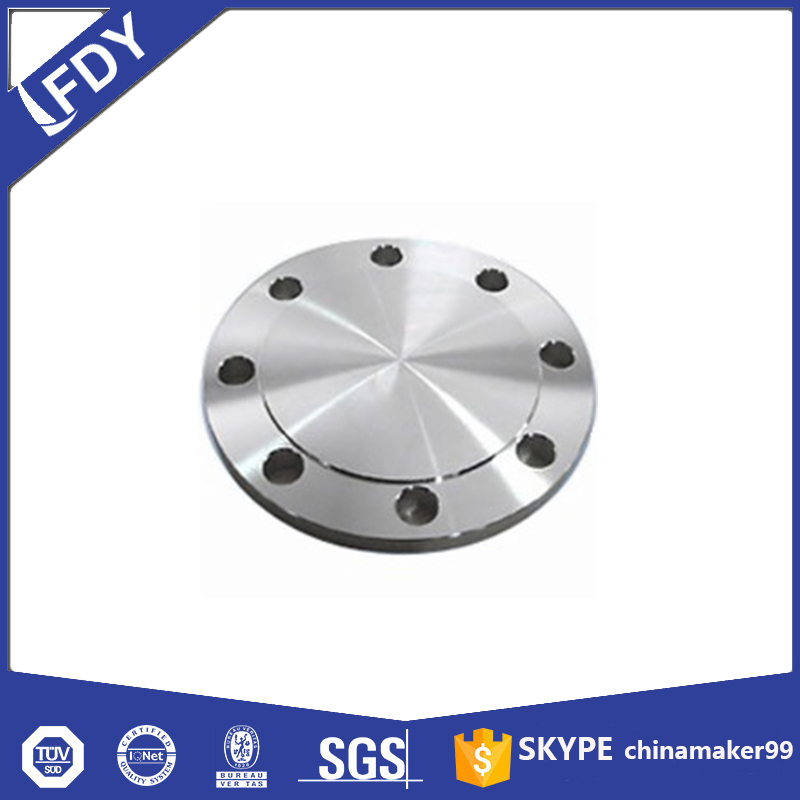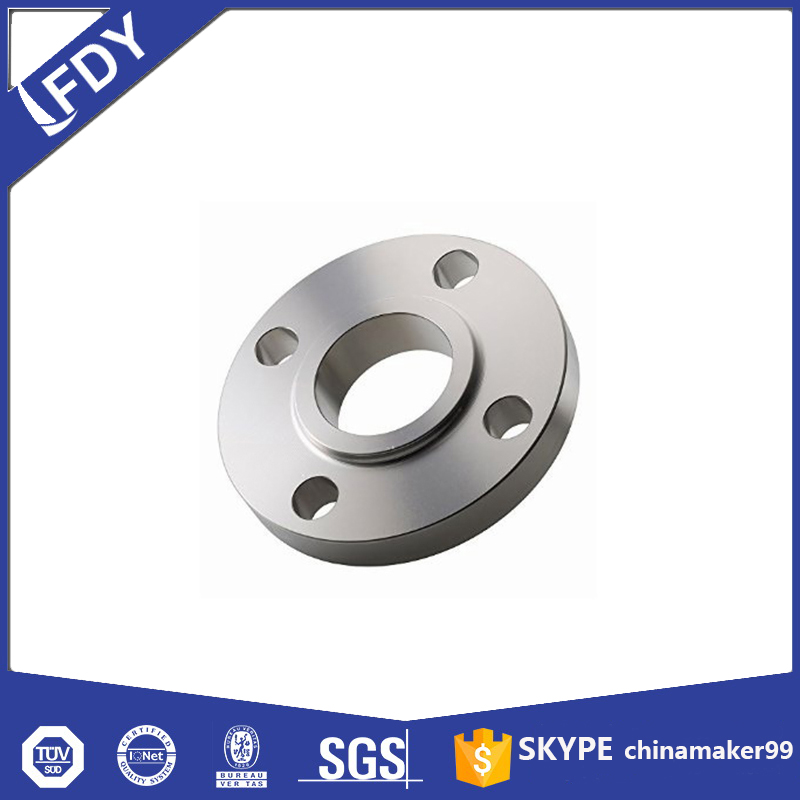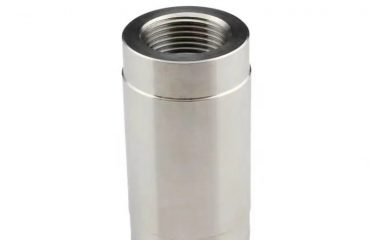
Stainless steel flanges are core components in piping systems, enabling secure connections that support the reliable transfer of liquids, gases, and solids across diverse industries. Beyond their basic joining function, these flanges are distinguished by their ability to adapt to challenging environments, a trait that sets them apart from traditional flange materials. Understanding how to match flange characteristics to specific operational needs is key to maximizing system efficiency and longevity.
A critical yet often overlooked aspect of stainless steel flanges is their mechanical strength under stress. Unlike weaker materials that may bend or crack under pressure, stainless steel maintains its structural integrity even in high-vibration settings—such as in manufacturing plants with heavy machinery or oil pipelines exposed to ground movement. This strength stems from the alloy’s dense molecular structure, which distributes external forces evenly across the flange surface. For example, in mining operations where piping systems transport abrasive materials, stainless steel flanges resist wear and tear, reducing the need for frequent repairs.
Selecting the right stainless steel flange requires careful consideration of environmental aggressiveness. Different environments pose unique threats: industrial areas with high air pollution may expose flanges to acidic rain, while offshore facilities face constant saltwater spray. In such cases, choosing a flange with enhanced corrosion resistance is essential. For instance, 316L stainless steel flanges, which contain molybdenum, offer superior protection against chloride-induced corrosion compared to standard 304 flanges—making them the go-to choice for coastal or marine projects. Similarly, in chemical plants handling acidic fluids, flanges with a polished surface finish can minimize chemical adhesion, reducing the risk of material degradation.
Installation errors are a common cause of flange failure, and addressing these issues upfront is crucial. One frequent mistake is improper alignment between the flange and the pipe. Even a small misalignment can create uneven pressure on the gasket, leading to leaks over time. Using laser alignment tools during installation ensures precise positioning, while torque wrenches help apply consistent pressure to bolts—preventing over-tightening (which can damage the flange) or under-tightening (which leaves gaps for leaks). Another issue is neglecting to clean the flange surface before installation; dirt, oil, or debris can compromise the gasket seal, so wiping the surface with a lint-free cloth and compatible solvent is a simple yet effective step.

Stainless steel flanges also contribute to long-term cost savings through their durability and low maintenance needs. While the initial cost may be higher than that of carbon steel or plastic flanges, their resistance to corrosion and wear means they require fewer replacements. For example, in water distribution systems, stainless steel flanges can last decades without needing repairs, whereas plastic flanges may degrade within a few years due to UV exposure or chemical reactions. Additionally, their recyclability reduces disposal costs, as old flanges can be melted down and repurposed into new components—lowering overall lifecycle expenses.
In conclusion, stainless steel flanges excel in adaptability, strength, and cost-effectiveness when matched to the right environment. By prioritizing environmental compatibility during selection, avoiding common installation errors, and leveraging their durable properties, industries can build piping systems that operate reliably for years. As demand for resilient infrastructure grows, stainless steel flanges will continue to play a vital role in supporting efficient and sustainable operations.
 Language
Language Espanol
Espanol English
English Italian
Italian عربى
عربى
 Skype: chinamaker99
Skype: chinamaker99  Tel: 86-316-5120812
Tel: 86-316-5120812  Email:
Email:  Whatsapp:
Whatsapp: 
